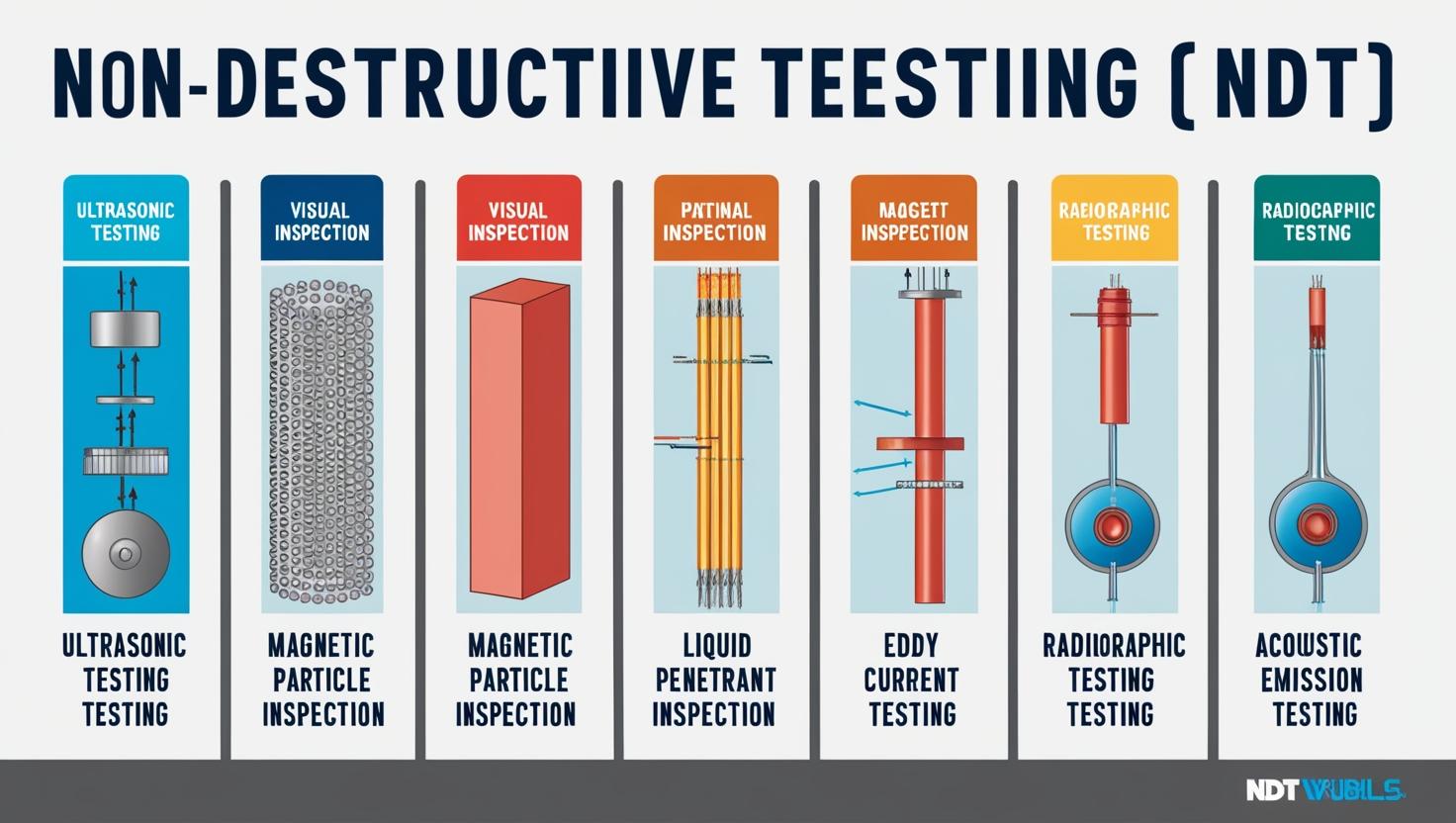The Non-Destructive Testing (NDT) Equipment market is poised for robust growth through 2029, fueled by increasing demand for safety, quality control, and equipment reliability across key industries such as oil & gas, aerospace, manufacturing, automotive, and power generation. As industrial operations become more complex and safety regulations more stringent, the adoption of advanced NDT technologies is accelerating globally.
The NDT and inspection industry is expected to reach USD 18.4 billion by 2029 from 11.6 billion in 2024, at a CAGR of 9.6% during the 2024-2029 period This growth is driven by a combination of regulatory compliance needs, infrastructure aging, and the increasing use of automation and digital inspection methods.
What Is Non-Destructive Testing Equipment?
Non-destructive testing equipment is used to evaluate the integrity, durability, and safety of materials, components, and structures without causing any damage. These methods include ultrasonic testing, radiographic testing, magnetic particle inspection, eddy current testing, and visual testing, among others.
NDT is a critical tool across industries that rely on structural integrity and operational safety, enabling early detection of flaws or defects before they lead to catastrophic failure or costly downtime.
Key Growth Drivers
1. Stringent Regulatory Standards
Governments and industry bodies worldwide are enforcing stricter safety and quality regulations, particularly in high-risk sectors like aerospace, nuclear power, and petrochemicals. Compliance with international standards such as ASME, ISO, and ASTM is prompting companies to invest in state-of-the-art NDT solutions to ensure product and personnel safety.
2. Aging Infrastructure
Many countries, particularly in North America and Europe, are dealing with aging bridges, pipelines, and industrial assets. The need for regular inspections and predictive maintenance has significantly increased the demand for portable and automated NDT equipment capable of assessing integrity without interrupting operations.
Download PDF Brochure @ https://www.marketsandmarkets.com/pdfdownloadNew.asp?id=882

3. Advancements in Technology
Innovations in digital imaging, data analytics, AI integration, and robotic inspection tools are transforming the NDT landscape. Smart NDT equipment now provides more accurate diagnostics, real-time feedback, and remote inspection capabilities, improving safety and reducing inspection time.
Industry-Wise Demand Snapshot
Oil & Gas
This sector remains a leading contributor to the NDT market. With a high risk of leaks, corrosion, and pipeline failures, companies are investing in ultrasonic and radiographic testing to monitor and maintain infrastructure integrity under harsh environmental conditions.
Aerospace & Defense
Aircraft manufacturers and MRO (maintenance, repair, and overhaul) providers use NDT extensively to inspect critical components like wings, engines, and fuselages. Composite material inspection and automated scanning systems are gaining popularity in this segment.
Manufacturing and Automotive
The manufacturing sector is increasingly adopting NDT for weld inspections, material quality checks, and component testing to enhance production standards and reduce material wastage. The automotive sector uses NDT for engine block inspection, safety systems validation, and casting flaw detection.
Regional Outlook
-
North America continues to lead in market share due to a strong presence of aerospace, oil & gas, and automotive industries, along with early adoption of advanced testing technologies.
-
Asia-Pacific is emerging as the fastest-growing region, driven by rapid industrialization in countries like China, India, and South Korea. Expanding infrastructure projects and growing manufacturing hubs are creating strong demand for NDT equipment.
-
Europe remains a stable growth market, supported by strict EU safety regulations and an aging industrial asset base that requires constant monitoring.
The Road Ahead
Looking forward, the NDT equipment market is set to evolve further with the integration of AI-powered defect detection, cloud-based reporting platforms, and robotic inspection drones. As industries prioritize predictive maintenance and digital transformation, non-destructive testing will be central to ensuring operational safety, reliability, and efficiency.
With significant investment expected across infrastructure, energy, and mobility, the NDT equipment market is not just growing—it is transforming into a smarter, more connected ecosystem that will define the next era of industrial safety and performance.
